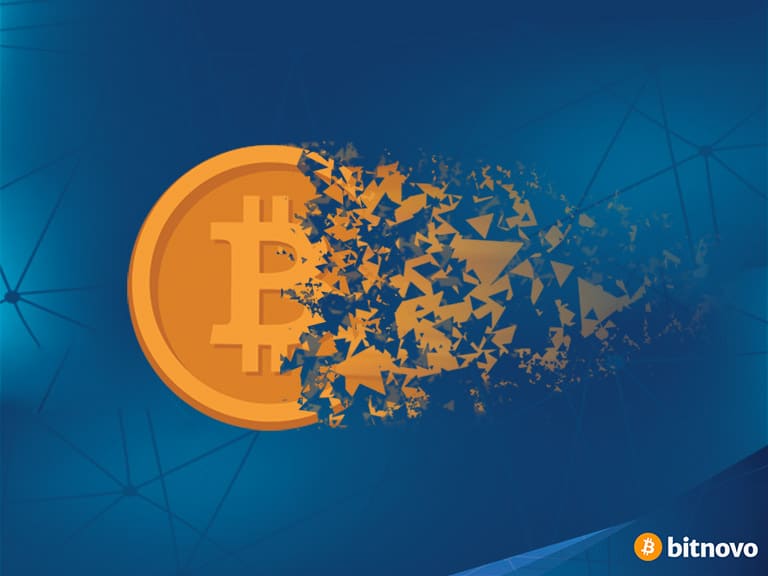
Table of Contents
ToggleIt is a concept usually associated with Bitcoin, although it also happens in other cryptocurrencies. What is halving in crypto? When is the next halving? Users fill the Internet with these questions trying to understand how it works and when are the important dates of this automated process that takes place in the blockchain of a cryptocurrency.
In order to understand the operation of a halving, it is important to previously know the protocol known as Proof of Work (PoW).
Briefly, PoW is a protocol that involves all the parts of a network performing a complicated job, and the subsequent verification of that work, in exchange for rewards. Thus, the miners compete to solve hard mathematical problems in the network and when coming up with a solution – before adding the block to the chain- it must be tested by the rest of the decentralized nodes. If the answer is finally correct, the block is validated, added to the chain and a small reward is obtained (to be distributed among all those who worked on solving the block).
Understood this protocol and how it influences on the reward obtained from each validated block, it’s time to understand what halving is.
What is a halving and how it works
A halving in crypto is an automated process within some blockchains (especially those based on the Bitcoin network) in which the reward for mining new blocks to the chain is reduced.
Therefore, halving consists in reducing the block reward gained by miners and thus controlling the pace of creation of new cryptocurrencies. That is the function of a halving
What halving means?
Cambridge Dictionary defines halving as…
- Halve (V.):
- To reduce sth or divide sth into 2 equal pieces.
- If sth halves, it is reduced by half.
The limitation of the issuance rate of new cryptocurrency units, making the reward obtained for generating them less and less, means that the value of the cryptocurrency grows progressively.
This halving process happens approximately every four years. It depends on the time it takes to mine each block. This periodic event is important as it ensures that coins are issued at a constant rate.
The bitcoin halving
As already anticipated at the beginning of this post, halving is closely linked to Bitcoin. This is because it was the first cryptocurrency to implement this process.
What is bitcoin halving? The mechanism that Satoshi Nakamoto devised to limit the emission of BTC. Without this process, surely all the bitcoins would have been mined already.
Since the amount of bitcoin is finite, in order to control the production of BTC and achieve a deflationary model, the network was configured in a way that the existence of new cryptocurrencies in circulation was always guaranteed. In this way, the cryptocurrency achieves its democratizacion as a decentralized exchange method, avoiding that all end up in the hands of only a few.
Currently, we are in the third halving in which each block is rewarded with 12.5 BTC. And what will happen in the next stage? When is the bitcoin halving? It is already known that after the next halving, the amount of BTC per block will be 6.25 BTC. That is, half.
Halvings beyond bitcoin
In addition to the bitcoin halving, there are other halvings that also grab the attention of many users. Projects that work with the same guidelines as Bitcoin and also experience halvings in their blockchain. Such is the case of Litecoin, which is based on the same open-source code as Bitcoin.
The LTC limit is noticeably higher than that of the Bitcoin network. 84 million LTC versus 21 million BTC. However, they also worry about controlling their emission. Litecoin halving occurs approximately every four years.
Specifically, every 840,000 blocks a litecoin halving occurs. The last one took place last year 2019. Since then, the reward went from 25 to 12.5 LTC tokens per block mined. So, never is too late to buy litecoin.
So now you know what is a halving in crypto, a process that reduces mining rewards in a half, and which is the most important. Now we encourage you to follow Bitnovo blog to stay up dating about all the news in the world of blockchain tokens.








